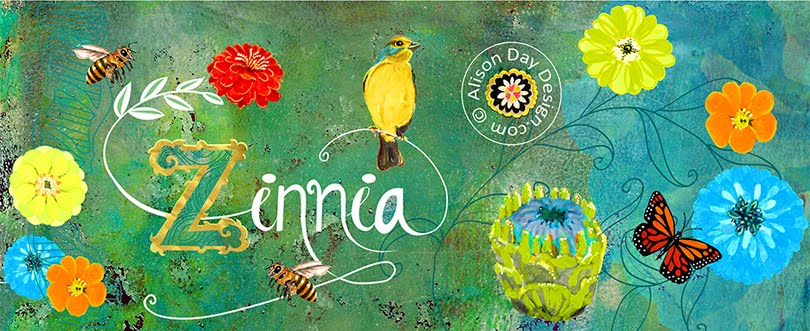It’s like a concert tour… but with sketchbooks
Starting in Brooklyn NY in February 2011, 10,000 sketchbooks take to the
road and travel around the USA for a period of five months visiting a total
of 8 states, stopping at various galleries and museums for public viewing.
Alison Day Designs: www.alisondaydesign.com
I received my moleskin in May this year, with the idea that I fill it however I want according to a theme chosen from a long list thought up by Art House Co-op - 'Face in the Crowd' appealed. Now in September I'm pretty much finished, just last minute touches and I want to scan it in for my records.
Shortly, I will be sending off my completed moleskin to New York, USA to join the throng of other sketchbooks for the 2011 tour around the United States. The books can be seen and borrowed (like a library book) in various pre-selected galleries and museums before finally ending up in the Brooklyn Art Library for posterity.
UPDATE: July 24, 2012
The finished sketchbook 'Face in the
crowd,' can also be seen here: Behance account.
 |
© Alison Day 2011
Alison Day Design
Alison Day Design














































